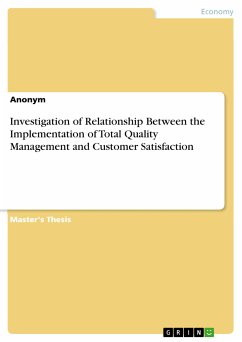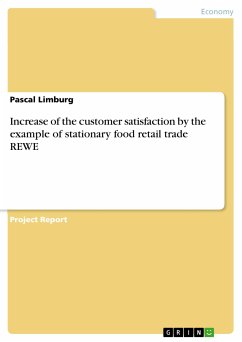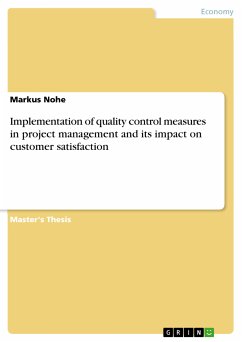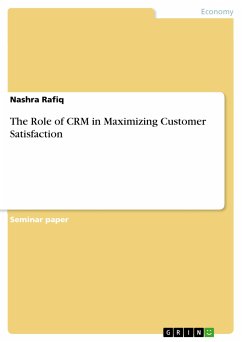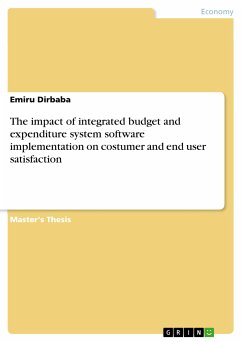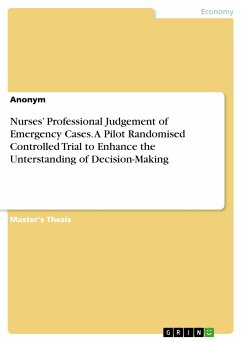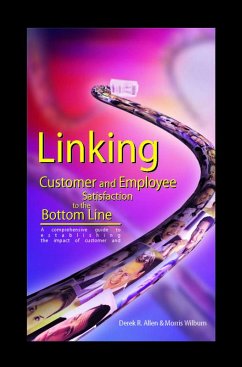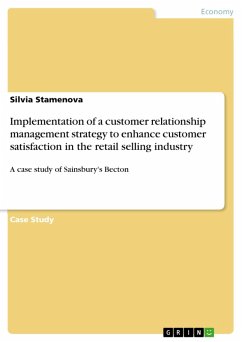
Implementation of a customer relationship management strategy to enhance customer satisfaction in the retail selling industry (eBook, PDF)
A case study of Sainsbury's Becton
Sofort per Download lieferbar
Statt: 17,95 €**
15,99 €
inkl. MwSt. und vom Verlag festgesetzt.
**Preis der gedruckten Ausgabe (Broschiertes Buch)
Weitere Ausgaben:

PAYBACK Punkte
0 °P sammeln!
Case Study from the year 2017 in the subject Business economics - Customer Relationship Management, CRM, grade: 4.50, University of East London, language: English, abstract: The research questions posed in this paper relate to the following: What strategies need to be established in order for Sainsbury to develop close connection with its customers? What is their efficacy in the implementation of a CRM strategy? What are the future opportunities, standing in front of the retail seller? In this regards, the methodology used will be mainly quantitative. In its essence the quantitative research f...
Case Study from the year 2017 in the subject Business economics - Customer Relationship Management, CRM, grade: 4.50, University of East London, language: English, abstract: The research questions posed in this paper relate to the following: What strategies need to be established in order for Sainsbury to develop close connection with its customers? What is their efficacy in the implementation of a CRM strategy? What are the future opportunities, standing in front of the retail seller? In this regards, the methodology used will be mainly quantitative. In its essence the quantitative research focuses on the numbers. Its basic aim is to measure quantity or amount and compare it with past records; the latter is all done with the aim to project for the future. In addition, the collection of data required was done by distributing the questionnaires to the visitors of Sainsbury, Beckton. The respondents to the questionnaire were chosen at random. However, the primary focus of the research was on shoppers aged 25-60 years of age. This resulted in 40 key informants who agreed to participate and fill in the previously designed questionnaire, containing closed, as well as open-ended questions and having a section for recommendations and personal opinions. However, the major hindrances, standing in front of the research are the low level of response rate, literary bias and the fact that the research is focused on only one shop. Simply put, the researcher's expectation about the response rate of the survey was at about 35%.
Dieser Download kann aus rechtlichen Gründen nur mit Rechnungsadresse in A, B, BG, CY, CZ, D, DK, EW, E, FIN, F, GR, HR, H, IRL, I, LT, L, LR, M, NL, PL, P, R, S, SLO, SK ausgeliefert werden.




